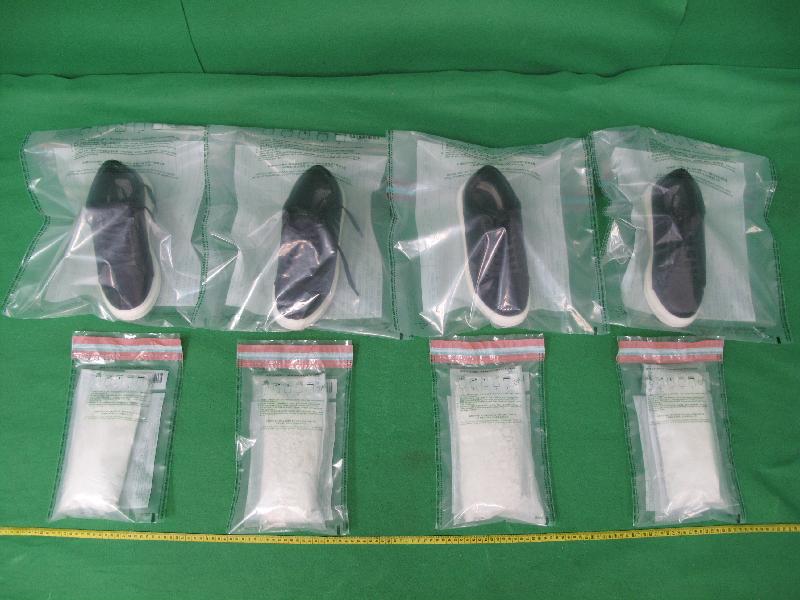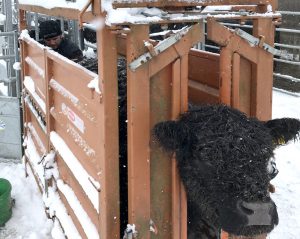Next week, Group of 20 policymakers will discuss bitcoin and other blockchain-based digital tokens. Such cryptocurrencies are poor imitations of money. Almost nobody prices goods in bitcoin, few use them for payments, and, as a store of value, they are no better than gambling in a casino. Policymakers are rightly worried about consumer and investor abuses, as well as illicit use.
Yet, while bitcoin and its cousins are something of a mirage, they might be an early sign of change, just as Palm Pilots paved the way for today’s smartphones. Cash will not be king forever, even though it still rules in many parts of the world. New research from the Bank for International Settlements (BIS) shows non-cash payments have roughly doubled in size, as a share of GDP, since the turn of the century. Some Nordic countries are already cutting back on cash. And the iGeneration is more likely to reach for a payment app than a purse. To their children, banknotes and coins may look like museum exhibits.
These trends have sparked a discussion about whether central banks should issue their own digital coinage. A new report on central bank digital currencies (CBDC), released today by the two committees we chair at the BIS, sets the scene for this important debate.
What is a CBDC? The answer goes to the heart of money and payments. Today, banknotes and coins are the only way consumers can access central bank money. The money in your bank account is actually provided by a commercial bank. Your bank promises to exchange that money for cash when you go to the ATM. But when you pay bills online or swipe your credit card, you are using commercial bank money.
Under the current system, only financial institutions have direct access to digital central bank money via accounts at their national central bank. A consumer-oriented CBDC would extend that access to everyone. Although this might not seem like a big step to digitally-savvy consumers, it could have far-reaching ramifications for the role of money, the financial system and the economy.
For example, a CBDC for all would challenge the current model of banks taking customer deposits and using that money to fund the lending that helps drive the economy. The consequences for bank business models and financial stability would need to be carefully parsed.
More fundamentally, do we need a CBDC? Existing payment arrangements – based on commercial money – are already digitally provided and increasingly convenient, instantaneous and available 24/7. Nevertheless, if cash disappeared, there would be a stronger case to consider a CBDC. Otherwise, the public would be wholly dependent on commercial money, and trust in the currency, a key public good, would be reliant on the creditworthiness of commercial entities and on specific payment technologies. However, despite the growing popularity of electronic payments, the cashless society is not here yet. Demand for banknotes is still growing in many countries.
If it were to come, a CBDC would have to be as convenient for consumers and businesses to use as the commercial equivalent. It would have to be hacker-proof. If we want to stop illegal use, it should not grant the same anonymity of cash to users. But giving central banks unprecedented amounts of information about individuals is equally controversial. There is no one-size-fits-all solution.
In sum, thinking carefully about the future of money is timely in view of new technologies and increasing use of electronic payments. Still, it is not yet clear whether CBDCs for consumers and businesses are necessary or desirable. In other words, the jury is still out, and the answer will clearly differ country by country.
Away from the public eye, change may also be happening and perhaps sooner. The BIS report canvasses a second, complementary, model of CBDCs aimed at financial institutions that would build on the blockchain technologies underlying bitcoin. Such tokenised forms of digital central bank money could potentially help streamline many of the cumbersome clearing and settlement processes that are currently needed to complete securities and foreign exchange trades. So far, however, central bank experiments with such forms of CBDCs have not shown conclusive benefits for wholesale payments and beyond, but technology and design are evolving quickly.
Despite its many faults, bitcoin has put the spotlight on an old failing of our current system: cross-border retail payments. Such payments not only permit shoppers to easily buy goods online from overseas, but also allow foreign workers to send money home, supporting financial inclusion and development. However, these payment channels are generally much slower, less transparent and way more expensive than domestic ones. Improvements here are the best way of rising to the bitcoin challenge.



